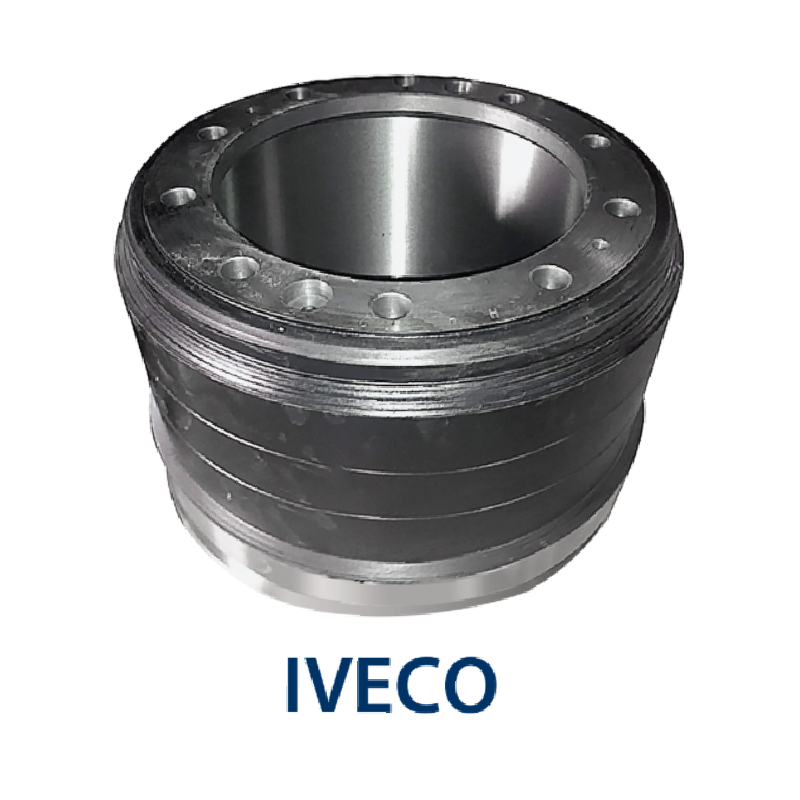ਨਵੰ. . 21, 2024 06:08 Back to list
material of brake drum
Understanding the Materials of Brake Drums
Brake drums are critical components in the braking systems of many vehicles, particularly older models and certain types of trucks. They play a pivotal role in ensuring safety by converting the kinetic energy of a vehicle into thermal energy, allowing it to slow down or stop. The material composition of brake drums is essential as it directly affects performance, durability, and heat dissipation. This article explores the various materials used in the manufacturing of brake drums, examining their properties and implications for vehicle performance.
Understanding the Materials of Brake Drums
In recent years, technology has advanced, leading to the introduction of alternative materials in brake drum construction. One notable alternative is aluminum. Aluminum brake drums offer significant weight savings compared to their cast iron counterparts. This reduction in weight can enhance vehicle performance, improving acceleration and fuel efficiency. Additionally, these drums typically exhibit good corrosion resistance, which can be advantageous in environments exposed to moisture and road salt. However, aluminum may not dissipate heat as effectively as cast iron, which could lead to brake fade under extreme conditions.
material of brake drum

Composite materials are an emerging option in brake drum manufacturing. These composites often combine various materials, such as polymers and metals, to create a lightweight yet durable product. Composite brake drums are particularly effective at managing heat and reducing weight, leading to improved performance. However, they are often more expensive to manufacture and less commonly used than cast iron or aluminum options.
Another aspect to consider is the inclusion of innovative technologies like heat-resistant coatings or special alloys, which can significantly enhance the performance of traditional materials. These advancements focus on improving thermal management and wear resistance, prolonging the lifespan of the brake drums, and enhancing overall braking performance.
In summary, the material choice for brake drums is a balance of various factors, including thermal properties, weight, cost, and durability. Cast iron remains a reliable choice for many applications, but alternatives like aluminum and composite materials provide exciting possibilities for performance improvements. As vehicle manufacturers continue to innovate in the field of materials science, we can expect to see ongoing developments in brake drum technology, leading to safer, lighter, and more efficient braking systems. Understanding these materials is crucial for consumers and automotive professionals alike, as the right choice can lead to enhanced safety and vehicle longevity.
-
Premium Iveco Brake Drum - Durable & Reliable Performance
NewsAug.05,2025
-
YORK GPT-4 Turbo: Fast AI for Enhanced Efficiency
NewsAug.04,2025
-
High-Performance Nissan Brake Drum | Durable Braking
NewsAug.03,2025
-
FRUEHAUF AI Trailers with GPT-4 Turbo Innovation
NewsAug.02,2025
-
TATRA: Supercharge AI with GPT-4 Turbo Technology
NewsAug.01,2025
-
2014 Mitsubishi Mirage Rear Brake Drums | Durable & Precise
NewsJul.31,2025
